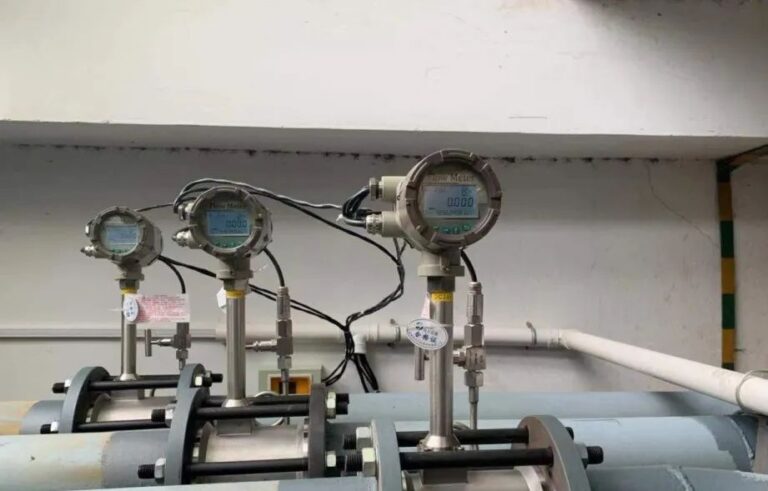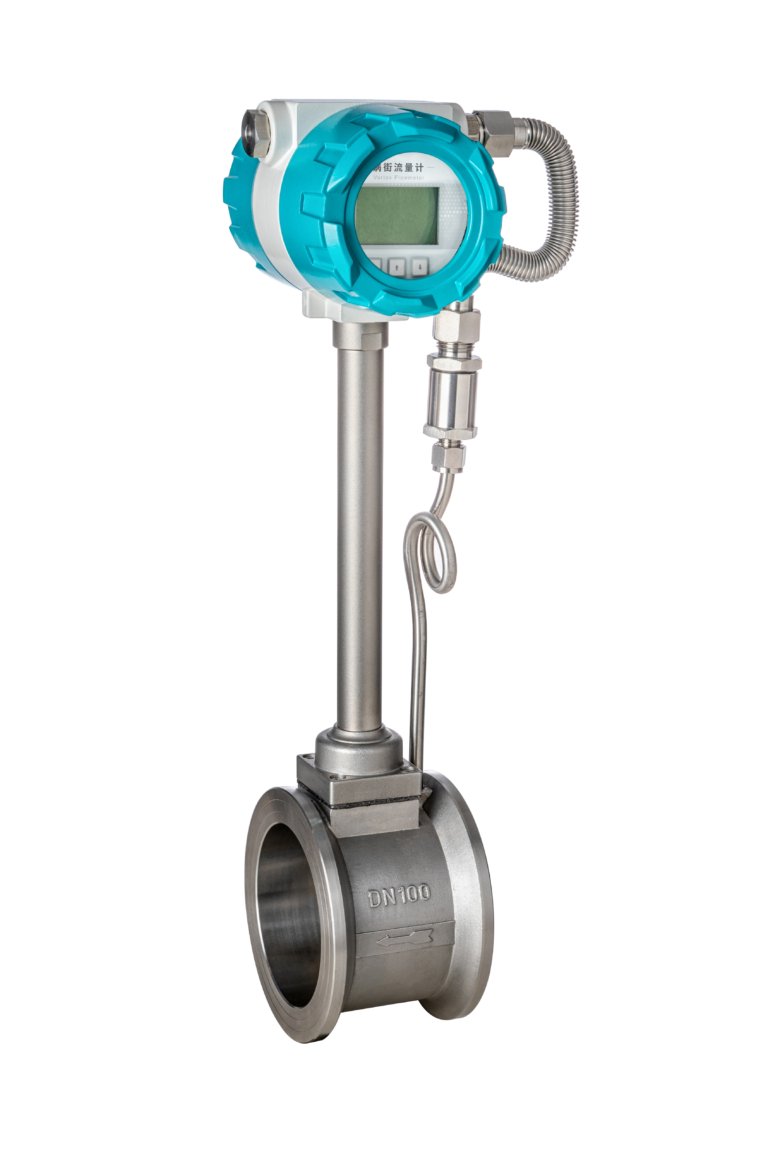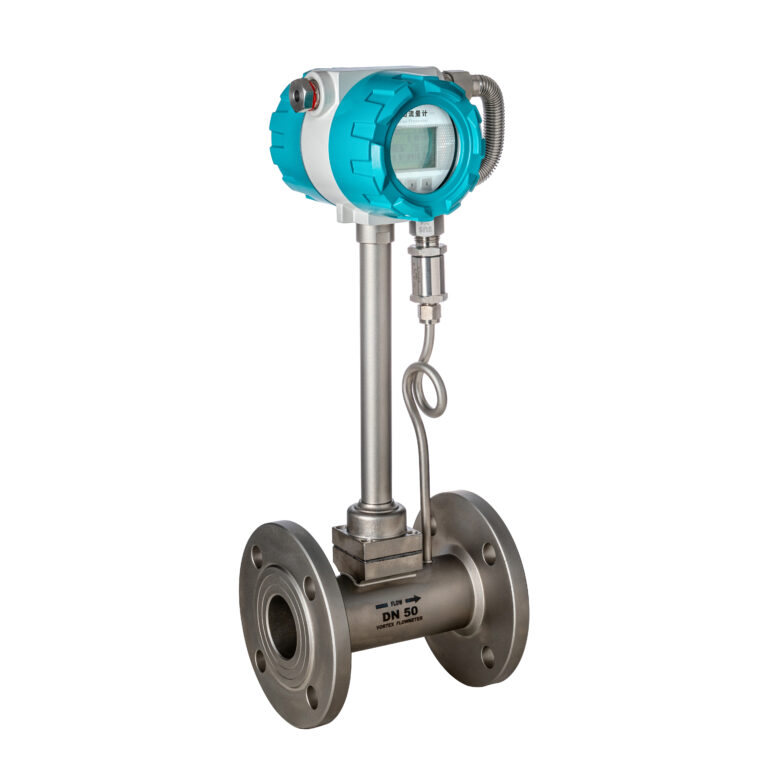Vortex flow meters are vital in measuring the flow of liquids, gases, and steam across diverse industrial applications. To ensure their accuracy and reliability, the verification process requires the use of robust calibration standards. These standards not only provide reference values but also help validate the performance of the flow meters under controlled conditions. This article explores the key requirements for calibration standards used in vortex flow meter verification.
Importance of Calibration Standards
Calibration standards are essential in providing traceable and consistent reference values for verifying the accuracy of vortex flow meters. By using appropriate standards, discrepancies in measurement can be identified and corrected, ensuring compliance with industry norms and enhancing operational efficiency.
Key Requirements for Calibration Standards
1. Accuracy and Traceability
The accuracy of calibration standards is a cornerstone of reliable vortex flow meter verification. Standards must:
Have High Precision: The standard’s uncertainty must be significantly lower than the uncertainty of the vortex flow meter being tested.
Be Traceable: Calibration standards must be traceable to internationally recognized measurement systems, such as those maintained by the International System of Units (SI).
Comply with Standards: Adhere to industry-specific standards, such as ISO 5167 or API MPMS, which provide guidelines for flow measurement and calibration processes.

2. Flow Range Coverage
Calibration standards must be capable of covering the entire operational range of the vortex flow meter. This includes:
Low Flow Rates: Ensuring accurate calibration at the minimum measurable flow rates.
High Flow Rates: Validating the meter’s performance at its maximum operational capacity.
Intermediate Points: Testing across multiple flow rates within the range to assess linearity and consistency.
3. Stability and Repeatability
Stability and repeatability are critical attributes of calibration standards. They ensure that reference values remain consistent over time and under varying conditions. To achieve this:
Standards Must Be Stable: Flow standards should not drift or fluctuate significantly during calibration.
High Repeatability: Standards must produce consistent results across multiple verification cycles.
4. Compatibility with Test Media
The calibration standard must be compatible with the type of fluid or gas being measured by the vortex flow meter. Considerations include:
Fluid Type: Whether the calibration involves liquids, gases, or steam.
Physical Properties: Accounting for factors such as viscosity, density, and compressibility.
Temperature and Pressure Conditions: Ensuring the standard can simulate the operational conditions of the flow meter.

5. Dynamic Response
In applications with varying flow rates, calibration standards must exhibit a dynamic response capability. This ensures that the standard can:
Simulate Transient Conditions: Accurately reflect rapid changes in flow rates.
Validate Performance: Confirm the meter’s ability to handle dynamic flow conditions without compromising accuracy.
6. Environmental Suitability
Calibration standards must function effectively within the environmental conditions of the calibration facility. These include:
Temperature and Humidity Control: Standards must remain unaffected by environmental variations.
Resistance to Contaminants: Ensuring that calibration results are not impacted by dirt, moisture, or other contaminants.
Recommended Calibration Devices and Methods
Several types of devices and methods are used as calibration standards for vortex flow meters:
Master Flow Meters: High-accuracy meters that serve as direct references.
Gravimetric or Volumetric Systems: Provide precise flow measurements based on mass or volume.
Prover Systems: Used for calibrating flow meters by comparing their readings against a known volume displaced in a defined time.
Each method has its strengths and is selected based on the application requirements and flow meter specifications.

Adherence to Standards and Best Practices
To ensure reliable verification results, calibration standards must align with established industry guidelines. Relevant standards include:
ISO 17025: Specifies requirements for the competence of testing and calibration laboratories.
API Standards: Applicable in industries such as oil and gas for ensuring consistency in flow measurement.
NIST Guidelines: For ensuring traceability to the National Institute of Standards and Technology.
Conclusion
Calibration standards play a pivotal role in the verification of vortex flow meters by providing accurate, stable, and traceable references. Ensuring that these standards meet stringent requirements for accuracy, range, compatibility, and environmental suitability is crucial for maintaining the reliability and efficiency of flow measurement systems. By adhering to best practices and industry standards, organizations can achieve consistent calibration results, enhancing both operational performance and compliance.
